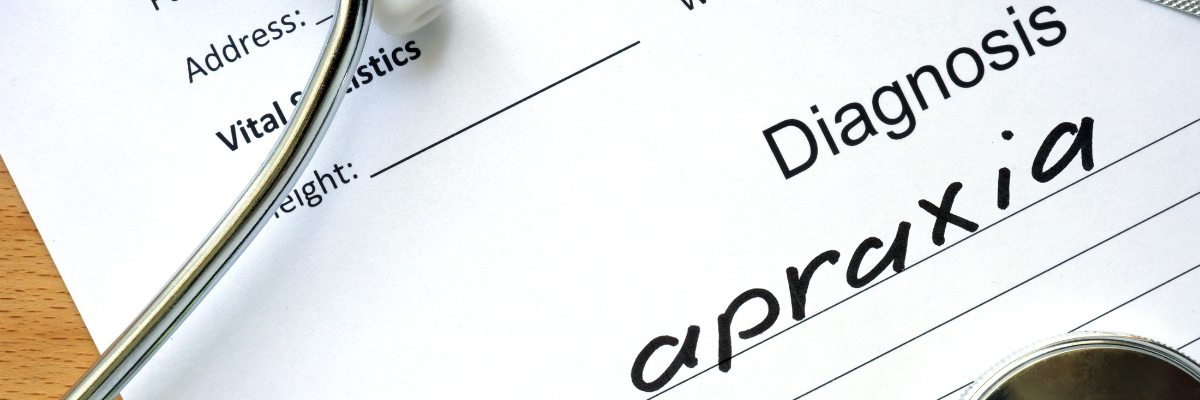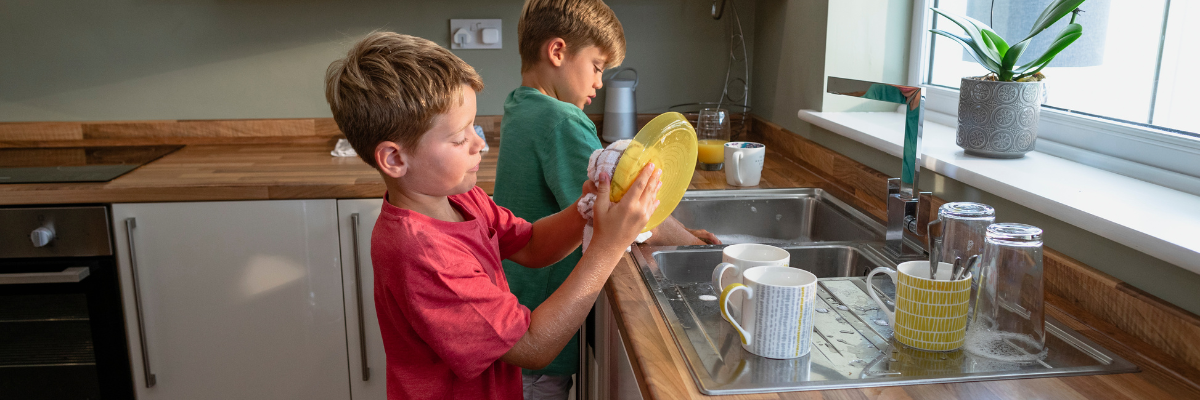Exploring Gestalt Language Processing
Language is a powerful tool that helps us connect with others, express our needs, and understand the world around us. For many children, developing flexible and self-generated language can be a challenge. One way for individuals to produce language is called Gestalt Language Processing (GLP). This approach to language acquisition differs from what most people know to be “typical” language development but has the same ability to lead to meaningful and spontaneous communication.
What is Gestalt Language Processing?
Gestalt language processing is a way of learning language that focuses on whole phrases or “chunks” of language rather than starting with single words. These chunks, called gestalts, are often used by children in the early stages of language development. Think of them as full phrases/ sentences or expressions that children repeat or echo in the early stages of development. For example, a child might say a whole sentence like “I want to go outside” or “Can I have that?” without fully understanding all the parts of the sentence.
This development contrasts with the traditional, more analytic way of learning language, where children typically start by saying individual words, like “ball” or “want,” and gradually learn to combine them into longer sentences as they grow.
Why is Gestalt Language Processing Important?
Gestalt language processing is an entirely natural way to develop language, but it requires a different teaching approach for those gestalt language processors who need extra support. Many of these children may use echolalia, the repetition of words or phrases they hear, often without understanding the whole meaning behind them. For instance, they might repeat lines from a favorite TV show or mimic something they heard from a caregiver. This is a natural part of language development but sometimes leads to confusion about the meaning of what is being expressed. Gestalts often can not be taken literally. Instead, as communication partners, we must do the detective work to figure out what the individual is trying to communicate.
The goal is to help children move beyond echolalia, through the stages of gestalt language development, and begin using more self-generated language. Children are encouraged to mix and match gestalts, break them down into single words and two-word phrases, and develop their grammar skills, leading to more independent language use.
How Does Gestalt Language Processing Work?
The process involves several steps/ stages designed to help children understand the parts of language and how they fit together. Here’s how it works:
- Delayed Echolalia: Children just beginning their journey to natural language acquisition need to learn more gestalts. Communication partners need to model a variety of natural language opportunities for the individual to echo. This helps to build their collection of available language.
- Mitigation: The next stage requires individuals to mitigate, or mix and match, their available gestalts to make new ones. For example, a child might use the gestalts “let’s go to the park” and “take a ride in the car.” When mitigating, the child might combine these gestalts to create a new one, such as “Let’s go to the car”.
- Breaking Down Gestalts: The child’s echolalic scripts (the chunks of language they repeat) are carefully analyzed. Speech-language pathologists (SLPs), with the help of those who know the child best, will look at the phrases the child uses and help them break them down into smaller components such as single words or 2-word phrases such as “red car” or “park.”
- Building Self-Generated Communication: After the script is broken down, the child is guided to use these smaller parts in new, flexible ways. As the child progresses through the later stages of gestalt language development, the goal is to move from echoed phrases to self-generated language with appropriate grammar.
SLPs model simplified language in natural settings. This means interacting with the child in everyday situations like playing, eating, or walking. The therapist might say things like, “I want the red ball” or “I’m going to the store,” and encourage the child to try these phrases independently.
We also aim to help children develop the social and emotional skills to connect with others. As they learn new language skills, they also gain the ability to express themselves in ways that help them build relationships and regulate their emotions.
Caregivers play a crucial role in reinforcing these language skills outside of therapy. SLPs work with parents and caregivers to teach them strategies for encouraging natural language in everyday interactions, ensuring the child’s progress continues even when not in therapy.
Activities to Support Gestalt Language Processing
Activities that promote Gestalt language processing are designed to be fun and engaging for children. Here are a few examples:
- Storytelling and Pretend Play: Pretend play allows children to use language in various ways and practice new phrases in different contexts. For example, a child might pretend to be a chef, saying, “I’m cooking dinner” or “I need help with the soup.”
- Interactive Games: Games that encourage turn-taking and conversation, such as board or card games, help children practice using language spontaneously and flexibly.
- Songs and Rhymes: Songs often include repetitive phrases that children can learn and then adapt to different situations, building their confidence and flexibility in communication.
How Carolina Therapy Connection Can Help
At Carolina Therapy Connection, we understand children’s unique challenges in developing flexible, meaningful communication. Our team of experienced speech-language pathologists (SLPs) uses natural language acquisition techniques to help children progress through gestalt language development and develop functional, self-generated language skills.
We offer individualized therapy sessions tailored to your child’s needs. These sessions help your child build language skills through engaging and natural activities. Our team also works closely with parents and caregivers to ensure that the progress made in therapy continues in everyday interactions at home and in the community.










